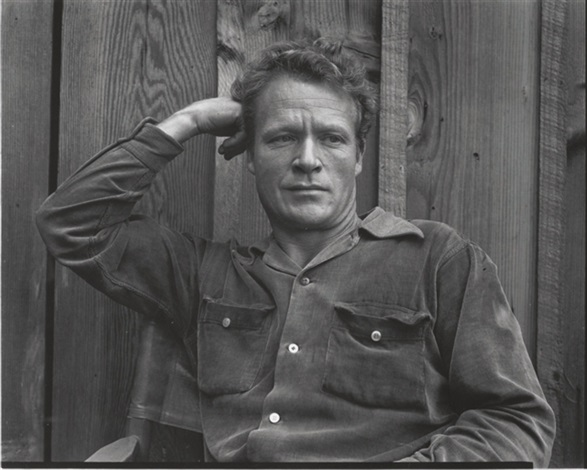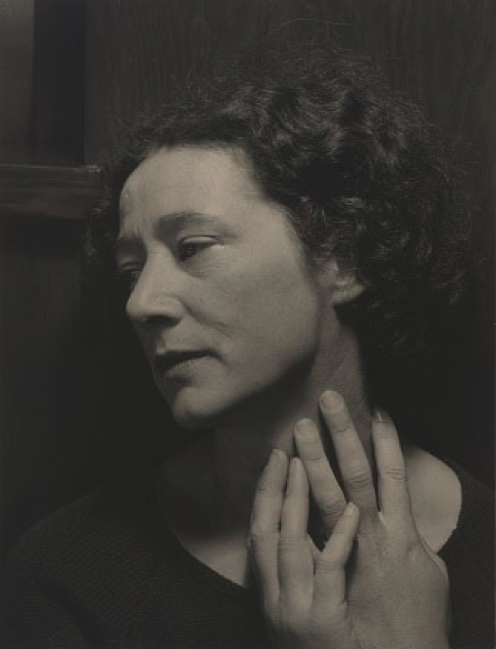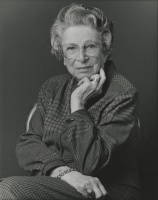Who was he?
Ansel Adams was an American landscape photographer and environmentalist known for his black-and-white images of the American West. He helped found Group f/64, an association of photographers advocating “pure” photography which favoured sharp focus and the use of the full tonal range of a photograph…even creating a Zonal System to ensure that all tonal values are represented in the images. Ansel Adams was an advocate of environmental protection, national parks and creating an enduring legacy of responses to the power of nature and sublime conditions…Other members in Group f/64 included Edward Weston, but also Imogen Cunningham among other female photographers who have often been overlooked in the history of photography.
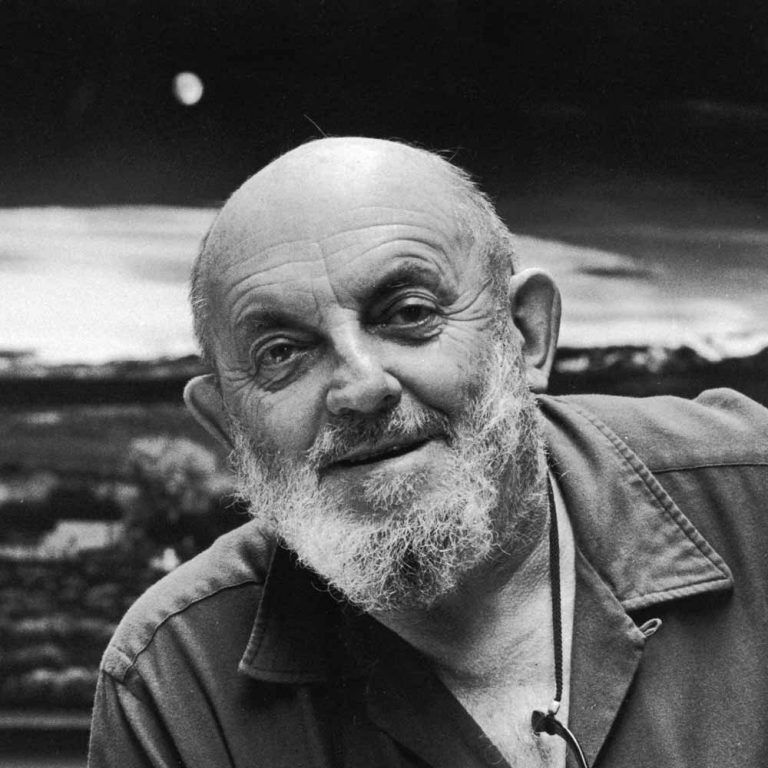
“You don’t take a photograph, you make it.” – Ansel Adams
Some of his famous work –
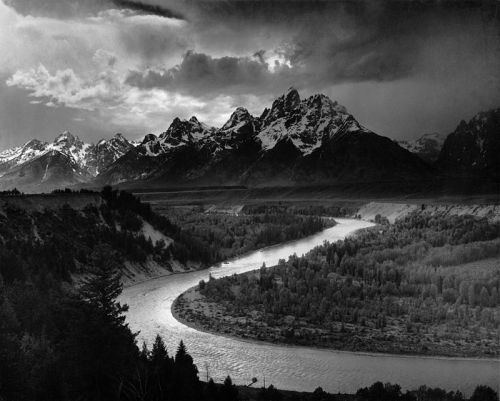
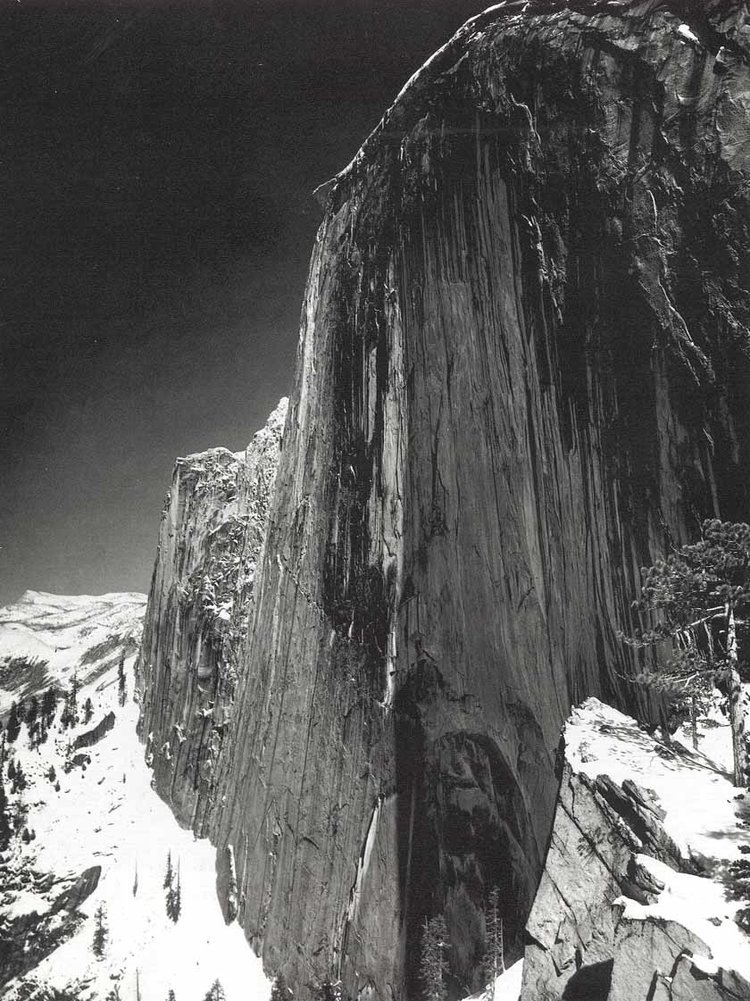
As you can see in the two example images above, Ansel Adams uses both the zone system and visualization in his work which is explained below.
Brief explanation –
visualisation – Visualisation is a skill that can be learned. It involves the photographer learning to create a mental image of the final photograph before shooting. It must be done in as much vivid detail and composition as possible. This creates a template for the work before it starts.
Zone system – The Zone System assigns numbers from 0 through 10 to different brightness values, with 0 representing black, 5 middle grey, and 10 pure white; these values are known as zones.
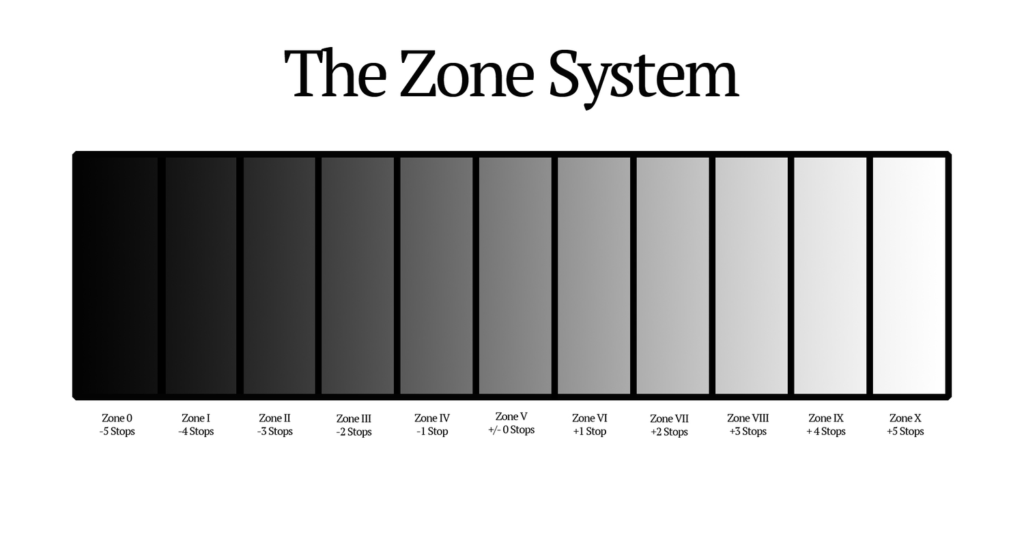
Who were f/64
During the Great Depression, the citizens of America looked towards the West and the opportunities it offered, particularly through massive public works projects. This is why it was important for individuals like Ansel Adams, Imogen Cunningham, Edward Weston, Willard Van Dyke, Henry Swift, John Paul Edwards, Brett Weston, Consuelo Kanaga, Alma Lavenson, Sonya Noskowiak, and Preston Holder, who were the original f64 group members, to present it to the rest of the country in the most realistic, revealing way.[1] The first attempt in spreading their visual ideas was the 1932 exhibition of eighty of their photographs held at the M.H. de Young Memorial Museum in San Francisco which lasted six weeks and introduced stark, comprehensive imagery in a variety of topics. This is why, in fact, the group’s name derives from a small aperture setting on a large format camera, which secures great depth of field and renders a photograph evenly sharp from foreground to background.
—-
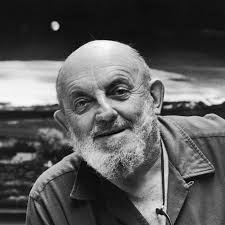
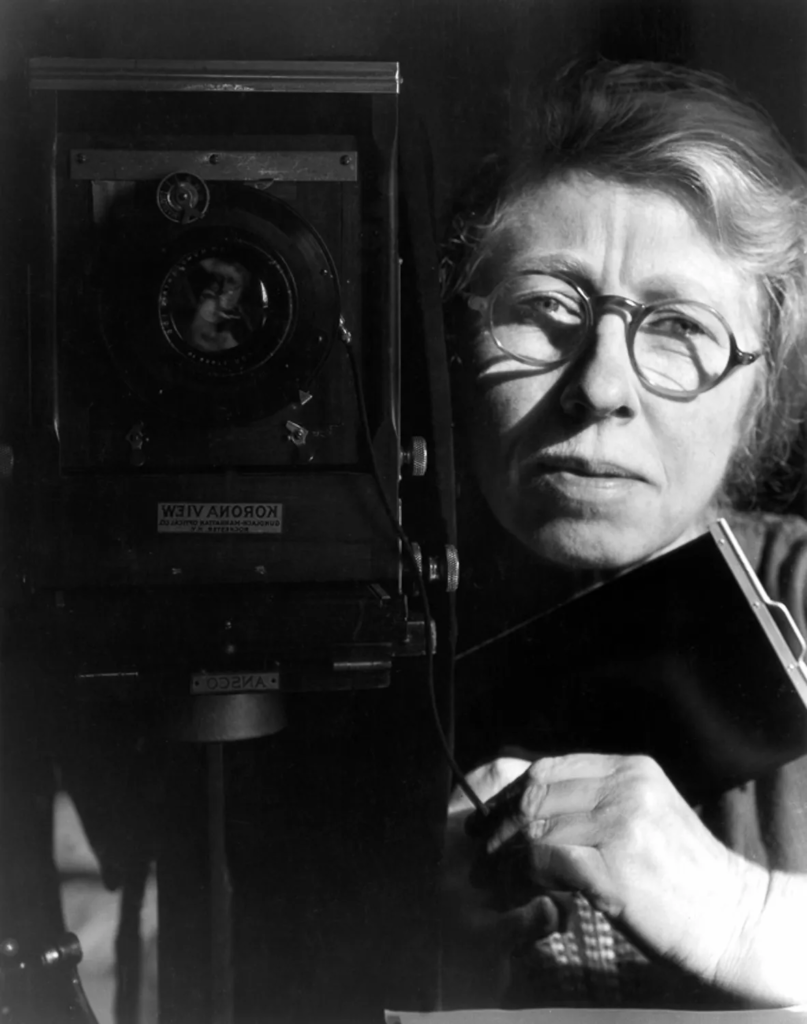
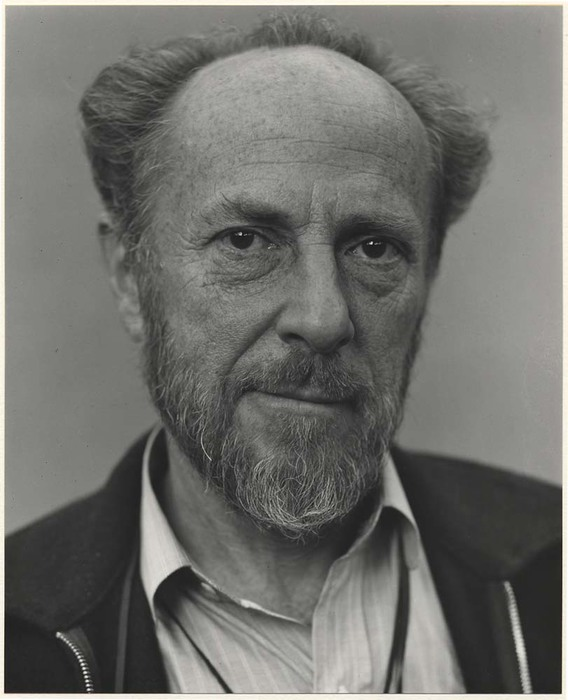
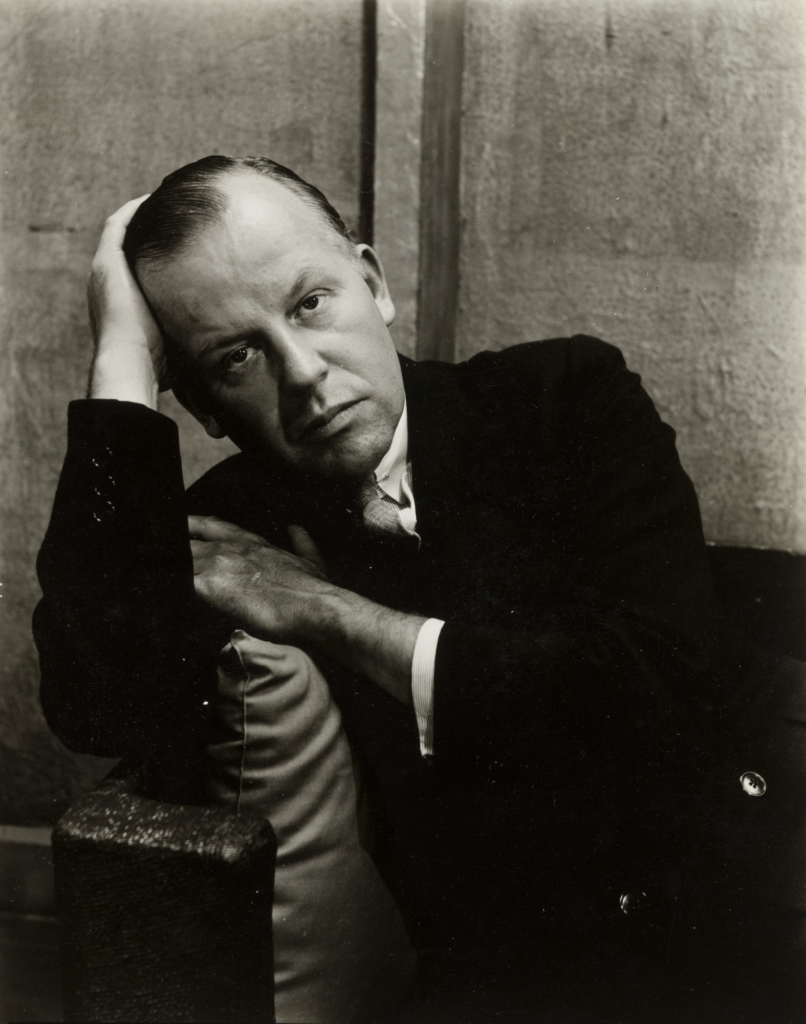
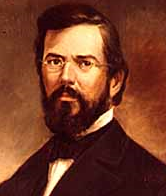

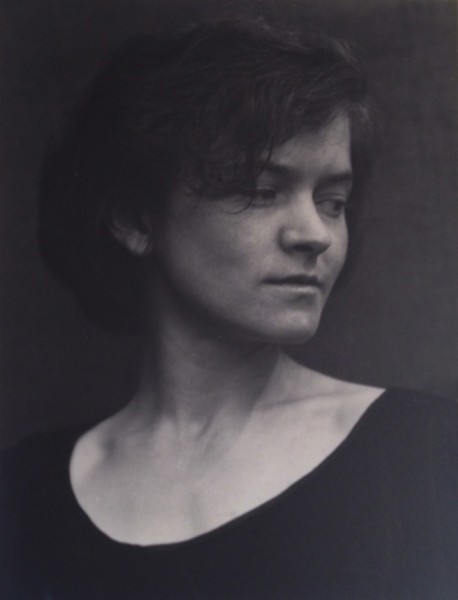

Image analysis
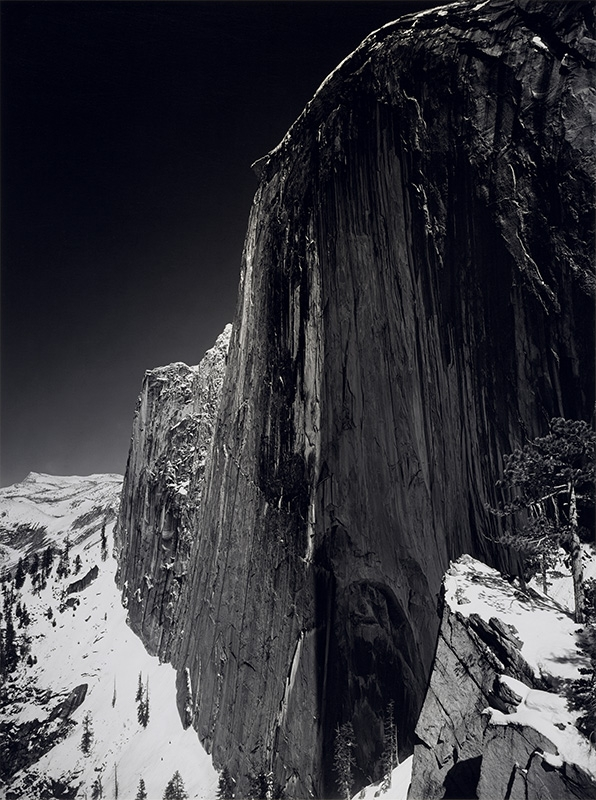
Story behind the image –
On the spring morning of April 10th, 1927, Ansel Adams set out along Yosemite’s LeConte Gully to capture an image of face of Half Dome, one of Yosemite National Park’s most iconic natural features. His fiancée Virginia Best and three close friends, including fellow wilderness photographer Cedric Wright picked carefully along the steep gully in the icy shadow of nearby Grizzly Peak.
This was not Ansel’s first journey to photograph Half Dome. In fact, nearly a decade earlier, a 14-year-old Ansel had visited this very spot on a family trip to Yosemite. Eager to experiment with his brand-new Kodak Brownie camera, young Ansel snapped several pictures of Half Dome, including one upside-down image, his favourite, taken accidentally as he fell off a stump.
analysis –
In the technical aspects of this images we can see the image is taken in natural daylight where the light is shining down on the left side of the cliff face. Like all of Ansel’s images, it is taken in black and white, we also know that he used a dark red filter with his Korona camera which creates the dark shadows and contrasting bright white light, this helps the photograph to follow Ansel’s zone system rule that he uses throughout his work. The definition of the image is very sharp and has a wide depth of field that helps to focus on all areas of the image and represent the true size of the cliff face. I imagine the shutter speed of this image was quite fast as it is in sharp detail. The visual elements of this image include both texture and space which help to give the cliff face a more impressive look. Looking deeper into the images meaning I believe it represents Adams love for nature and his romanticized style he uses throughout his images do, doing this through the large scale cliff face squeezed into frame and the contrasting black an white colours which help to represent the untouched landscape.

